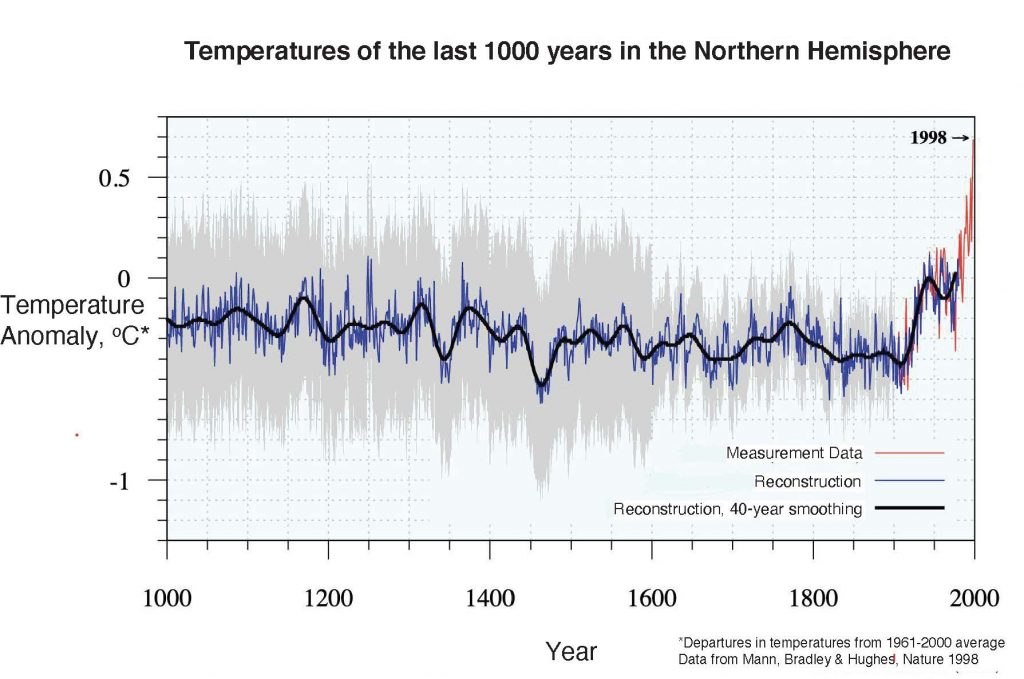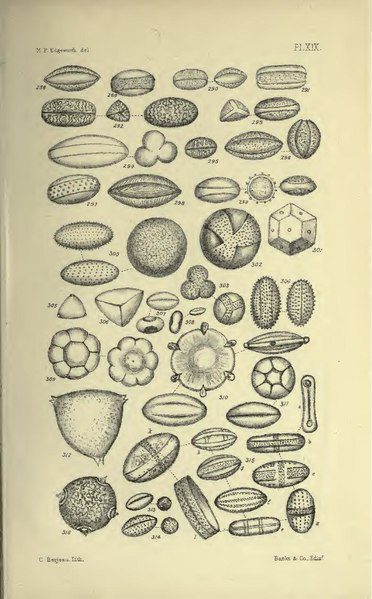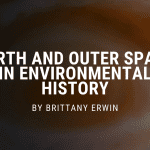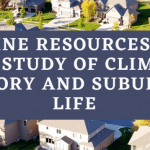
In 1998, Michael Mann, Raymond Bradley, and Malcolm Hughes published a graph in a top scientific journal. The pattern shown by the graph has become a leading example of a “hockey stick graph.” The graph shows that, since the year 1000, temperatures in the Northern Hemisphere slowly cooled. But, around 1900, temperatures rose sharply. The black line indicating these temperature trends looks like the shaft and blade of a hockey stick.

While the hockey stick graph usefully illustrates the rapid warming of the twentieth century caused by human emissions of greenhouse gases, a closer look at the graph reveals the sources of knowledge about climate. The red bars indicate temperatures measured with instruments like thermometers. But scientists have only been collecting instrumental data since the late nineteenth century. For most of Earth’s history, instrumental measurements are not available. To study periods without instrumental measurements, scientists rely on “climate proxies.” On the graph, that data is blue.
Proxies are things like tree rings, ice cores, pollen, and lake sediments. They are material traces that indirectly reflect the climates of the past. For example, scientists can use tree rings to reconstruct past temperature and moisture. Or they can use the air bubbles trapped in ice to study the composition of the atmosphere through time.

Pollen was one of the first climate proxies used by scientists for climate reconstructions. Vegetation produces pollen every year. Each plant genus produces pollen with a distinct shape, size, and surface texture. The pollen travels through the surrounding area and may be washed or blown into lakes and bogs. These low-oxygen environments preserve the pollen well. To study climate using pollen, scientists take a core from the bottom of a body of water. The core contains pollen and other sediments. Scientists will examine pollen in the core, counting the pollen grains in various layers to understand which vegetation was present at particular moments of time. They can then make inferences about climate given the historical distribution of vegetation when the pollen was deposited. Some vegetation assemblages speak to warm, wet periods, while others indicate phases that were cool and dry.
Scientists have been working with proxies since the twentieth century. In 1916, Swedish peat geologist Lennart von Post was the first to suggest that scientists could use pollen for climatic inferences. While many expressed excitement about the method’s potential, they knew more work was needed to understand the relationship between vegetation, pollen, temperature, moisture, and other environmental features. Things like topography or prevailing wind direction could influence the production, dispersal, deposition, or preservation of pollen. These factors had the potential to influence any inferences about climate.
To make pollen into a reliable measure of past climates, scientists studied pollen closely. They set out traps for pollen. They sucked pollen out of the air using modified Electrolux vacuum cleaners on cross-Atlantic voyages. They examined the springtime pollen rain and compared it with contemporary vegetation. They collected pollen and studied its morphology to track whether it fell rapidly or traveled easily by air. They counted (and counted and counted) pollen from many field sites so that foreign or extremely local pollen would be swamped out of the samples. By understandings pollen dynamics, they could reconstruct vegetation and climate.
This work could be wet and rough. Pollen workers needed to traipse through perpetually damp places in the spring when vegetation disperses most of its pollen. As one student sent to Michigan to collect samples in 1928 complained, “my pollen collecting is proceeding very slowly due to the unusually wet weather… This is my sixth day here and it has rained, sometimes terrifically, every day. Mosquitoes are the worst in the history of the station for this time of the year, while blackflies are bothering about as usual.” It was also slow work. The leading American pollen worker, Paul Sears, worried that his colleagues found him “singularly unproductive” as he counted pollen and tried to understand local environmental features before drawing conclusions about the climates of the past.
All this work means that, today, proxies have become a reliable tool for climate reconstructions. Pollen analysis, for instance, lets scientists reconstruct historical plant communities and interpret the speed and character of their response to climate change. Proxies, in short, have unlocked knowledge of past climates, knowledge that scientists are using to understand the climate of the past and future.
See also
IHS Climate in Context: Historical Precedents and the Unprecedented
Banner image: Photo by David Bartus from Pexels
The views and opinions expressed in this article or video are those of the individual author(s) or presenter(s) and do not necessarily reflect the policy or views of the editors at Not Even Past, the UT Department of History, the University of Texas at Austin, or the UT System Board of Regents. Not Even Past is an online public history magazine rather than a peer-reviewed academic journal. While we make efforts to ensure that factual information in articles was obtained from reliable sources, Not Even Past is not responsible for any errors or omissions.



